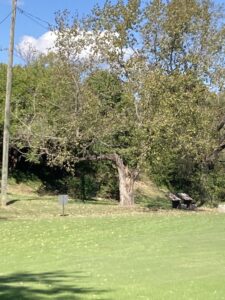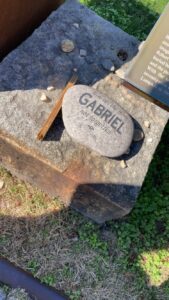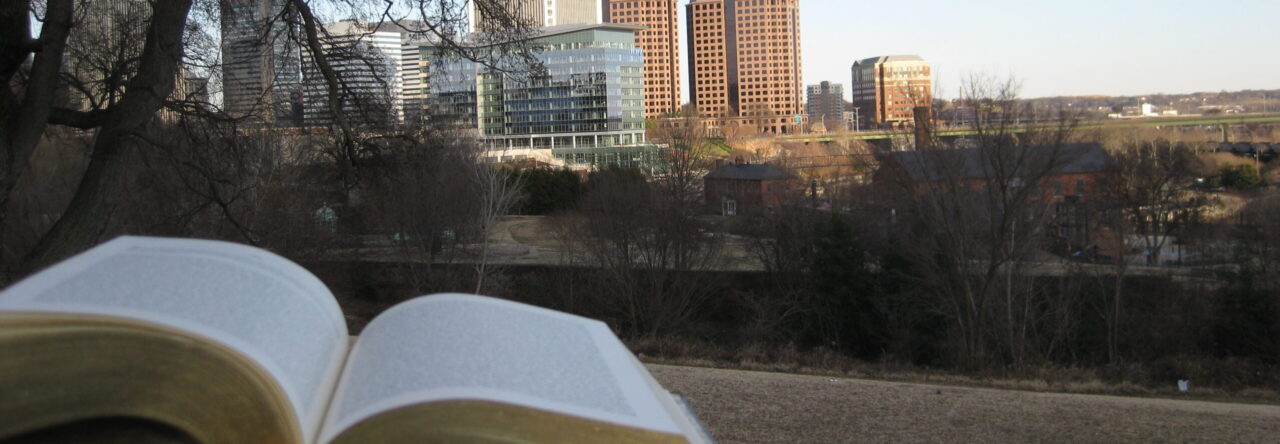Can the quotes being used come from sources outside of the blog/prep notes? Can I use quotes from my reflections on a personal document?
- How long should the papers be? My draft is 3 pages but I don’t know if I need more or less.
- Do the papers need to be in Chicago style? Or can they be in MLA format?
One question I have about the midterm is how formal the writing is expected to be. And how long is it expected that each of these essays are? and for the second essay I am not sure what is meant by “my society” in the second essay. And for that extra credit point should I continue it in the format of that second essay or make a separate page or paper for that?
One of the first things I wondered was how long to make each of the essays. Is there an emphasis on one over the other, or should one be longer? I’m also not quite sure how to quote myself, or what the thesis should look like for the first essay. I’m not sure what my claim should be – is the idea that I’m arguing that I’ve become a better writer? And if so, is that looking at syntax or feel? Am I picking out early rougher writing and presenting more polished recent writing to show that I’ve improved? And again, if so, should I show improvement in the style of my writing or the focus or something else? Am I looking for a way to show how I improved my writing skills, or should I find a moment where writing helped me learn something about the world or myself?
Also, how should we use first person/third person? Since we’re quoting ourselves, are we allowed to use “I?” And how should we interact with that? Should it be more of a rhetorical analysis or a self-reflection?
Before class, I had already done some research on the burial ground for the annotated bibliography assignment, so I knew it would not look like a traditional cemetery due to the decades of development and destruction that the land had experienced. I didn’t quite know what to expect, since my research had stopped before the land was completely recovered for the purpose of historical preservation.

During class, I took a picture of the burial ground as an expanse of land. I wrote on my index card that the telephone poles sticking out of the grass reminded me of the pictures we see sometimes of floods, where water covers everything and the telephone poles are the only signs that people had existed at all. I wonder if that could be connected to the burial ground as well – we can’t physically see the evidence of what happened in the space because it was covered up, but there’s a presence there that almost alludes to it, in a way. I’ll quote myself from Thursday: “In the absence of the physical representation of the structure (the lack of a traditional cemetery landscape), there was a ghostly type of presence. A ‘presence’ in and because of the absence.” People can be remarkably perceptive – we can notice the slightest shift in physical conditions, but we also pick up on intuitive or social changes. I think the space has enough of an ethereal (ghostly? spectral?) presence to affect even someone who visited without knowing its history.
The most intriguing part of this field trip was seeing the hanging tree from Lumpkins Jail. In history class, you hear about hangings and cartoons of them in textbooks. Although saddening, we’re either desensitized to it or just don’t take into perspective how terrible this act of execution really was. The fact that I was standing right next to a tree responsible for hundreds of deaths was very gut wrenching. It’s even worse to think about when you consider hanging being known as the most cruel/painful form of death at the time it was done. Going on this field trip and seeing the hanging tree connects straight back to Campbells book, Richmond Unhealed History. Everywhere you go, even if its just passing a tree can tell an entire story about the lives of those oppressed, the oppressors and the history of the city itself.

Unfortunately, I was not able to join the classroom on Thursday due to my sickness even though it was a trip I was really looking forward to. Nevertheless, I am fortunate to read everyone’s notes, especially Anna’s and Nickolas’ Class Notes, which helped me understand the context of the other notes and a really insightful outline of the excursion.
Regarding the assignment, I was wondering about the format and structure of the essays; How long are you expecting the essays to be and what structure should we follow both within paragraphs and in the essay overall?
Could we have any examples of what learning moments or quotes are? Are the learning moments a realization or a learning curve over the semester? Could we talk more about the evidence you are expecting us to use in the classroom? Are there any previous learning portfolios we could read?
Finally, I read the essay rubric and it seems that it adds up to 9 points and not 10.
“How have you experienced learning through your own writing? Write an essay in which you identify two different learning moments that happened for you through writing. Be sure to quote yourself (and link to the quote where it appears on the blog, if possible.) For each moment you choose, explain how this represents learning to you, and define or categorize the learning. What can you conclude about the relationship between writing and learning?”
- Does the learning content have to be explicitly from the blog? or can it be from our other articles of writing from the school year?
- Can we use writing samples from other classes that may contribute or be used to identify supposed learning moments?
- Can we describe or utilize previous writings from BEFORE the class and use them to compare with our current selves? Or utilize past learning moments that we have experienced through writing that might have occurred before the class began?
My image that encapsulated the experience was an image by where the old prison site itself used to be, where by the signages that detailed the stories of the Devil’s Acre, was a rock labeled “Gabriel, Not Forgotten.”
I believe it was a fairly powerful component. Gabriel, meaning Strength of God in Hebrew – and the specific phrase “not forgotten” – While before coming to Richmond and reading Richmond’s Unhealed History, I had been fairly unfamiliar with who Gabriel was. However, the site itself was very familiar with Gabriel, his story, and his rebellion.
Another interesting point was how the old location, the “Devil’s Acre” was eventually turned into a historically black college, Virginia Union University, originally founded to educate Freedman after the property had been taken under his wife who decided to use it to support African Americans. It was the site of the University until they eventually moved to its present-day location.

The class for the week was significantly fielded around more open-ended. After reviewing and discussing Nick’s advice and progress made through the resources provided and how the library system worked, we started with discussions about how to make the Annotated Bibliography. We evaluated the goals of the library resources and certain takeaways.
Interestingly of note, by looking up more parallel terms to the specifics, you might be able to narrow down resources to that which you might be pursuing. At a certain point, we exchanged annotated bibliographies with partners and evaluated them, seeking similarities, and differences, which led to raised questions of discussion such as pertaining to formatting. We discussed more takeaways, such as the Rhetorical Triangle, the use of formatting, among other resources.
We also discussed scholars and their very nature and definition which varies and is much broader. Some shared their experiences, such as Wesley, who told us about his experiences back home. Professor Dolson went on to explain certain components of “scholarly” experiences, such as tenure, and the effort it takes. Professor Dolson also talks about her own experiences, as well as the weight and value of volunteering and some of the things that occur in line with the Bonners Program and Center for Civic Engagement.
